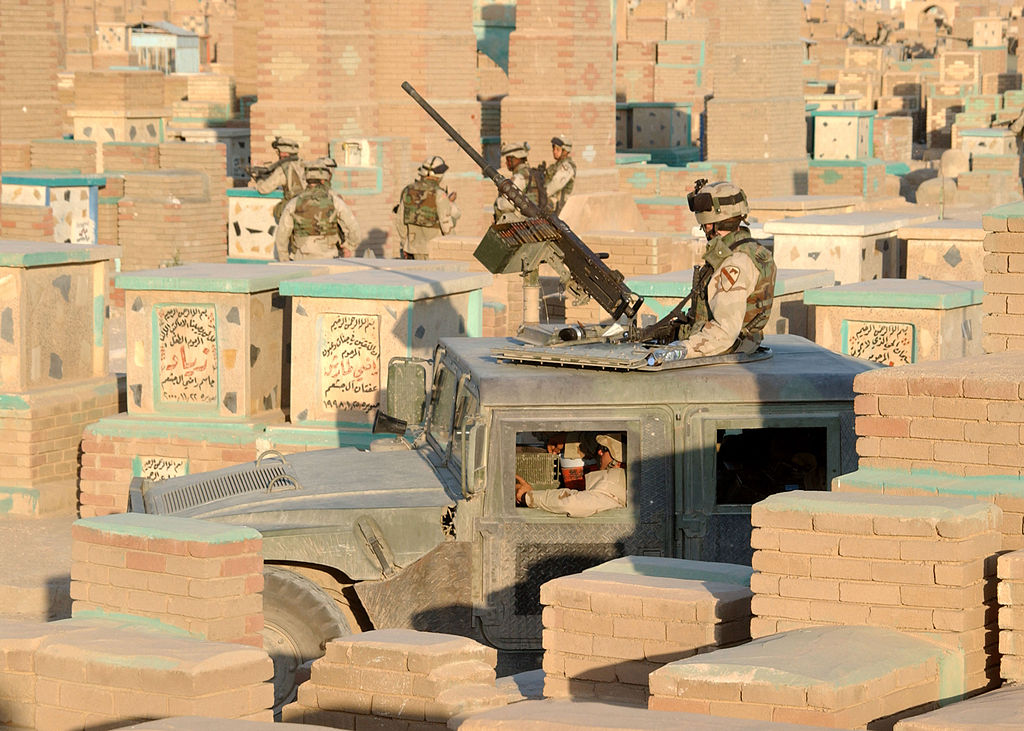
Although there have been fewer veterans (around 2.2 million) involved in Operation Enduring Freedom (OEF) and Operation Iraqi Freedom (OIF), they have often experienced multiple deployments and high rates of traumatic experiences. The results appear to be higher rates of PTSD than in previous conflicts. Using the findings of the National Vietnam Readjustment Survey (NVVRS) and VA published reports on current PTSD rates, experts have extrapolated the likely rates of PTSD and incarceration for OEF/OIF Veterans.
And PTSD is only the start. Traumatic Brain Injury (TBI) and Military Sexual Trauma (MST) are occurring at rates never before seen. The resulting behavioral implications are huge and we’re likely to see in even higher rates of criminal behavior and incarceration. The Veterans Administration has improved dramatically over the years and now provides better mental and behavioral health services than at any time in their history; however, it hasn’t been enough to stop the flow of veterans into the criminal justice system.
Courts, law enforcement, prosecutors and private behavioral health providers will have to work with the VA to guide these men and women to the treatment and care they need and deserve. Matt Steiner, a former assistant to Tulsa Mayor Kathy Taylor was instrumental in starting a Veteran’s Treatment Court in Tulsa Oklahoma. As director of the service organization Justice for Vets, he continues to spread the word and is helping to start more Veterans Treatment Courts across the country. The Justice for Vets website has valuable information about locating a Veteran’s Court in your area as well as information about starting and operating these programs. You’ll also find information about the first ever Vet Court Conference in Washington D.C. scheduled for December 2013.





4 thoughts on “Locking Up Our Heroes: Veteran Incarceration Rates”
This situation is very complex because it is unprecedented. We know that PTSD was experienced in previous wars by returning vets, but we did not see suicides, sexual violence, and high rates of incarceration as we are seeing today. The idea that the parts of the brain and nervous system which control the fighting mode can be turned off after the veteran returns from a tour is highly unrealistic. There has to be a long period of reintegration coupled with emotional support and cognitive deprogramming so veterans no longer feel they are in survival mode. I have seen and spoken to many returning vets who are homeless and have no emotional support because they are no longer the same person who went to war and came back. There are serious psychological shifts that have taken place in the subconscious mind of the veteran and their reaction to social stimuli is still back in the war-zone. I believe it is extremely necessary to provide these young men and women with a network of emotional, social, medico-psychological and spiritual support in an organized and continuous manner.
The civilian population does not see the atrocities of war and often do not even know where the war theaters are and what the soldiers were fighting for and against. We are lacking in social support because we do not educate our societies as to the realities of war and the aftermath – nor do we let civilians know that their returning vet is not going to be the same person they once knew — It is impossible. War dehumanizes people on both sides, and changes their world view. What we need is a system that just as it programs a civilian into a war-ready soldier, it can deprogram the soldier into a peace-time civilian who has been part of a war.
Soldiers with PTSD are experiencing a viscerally felt trauma. These are sensorial memories of brutal events and their corresponding psycho-physical responses experienced by the vet– over and over again.
So, yes, we do need more help for these young veterans who are starting their lives and rebuilding their relationships with their families.
Thanks for the insightful comments. The period of reintegration you discuss is certainly needed but as I’m sure you know, not really provided for many returning veterans. I’ve also been reading recently about the concept of Moral Injury, which appears to be less common than PTSD but still a major obstacle to healthy functioning for returning veterans. As a civilian, I’m doing all I can to help myself and my staff become aware of the special difficulties veterans face. I would like to raise awareness for other civilian providers so we can identify and address some of these problems when they present at our practices.
Moral injury would indicate to me that the veteran felt morally challenged by his/her actions while on duty – or there was cognitive dissonance. In the latter what the vet thought s/he was doing was not what was in fact happening. This would indicate that the vet would suffer from guilt associated with martial activities and survivor guilt. I have spoken with some WWII veterans who always had to add at the end of their narration of their time of engagement that they had guilt over some of the activities they were engage in during the war.
No war is without criticism or pain, but it does cause one to wonder how often the services for after engagement are improved for the returning vets. Each war brings up different and more complex problems than the previous one and consequently the services need to also adapt to these differences.
In addition to moral injury resulting from actions taken while on duty, it has also been considered as a result of witnessing the actions of others and even in connection with one’s inability to act in a way they deem appropriate. An example given is not being able to alleviate suffering of others. In all cases, I think the concept of cognitive dissonance explains the problem pretty well. I agree the conflicts are becoming more complex and that in turn is complicating the process of addressing the problems.
Comments are closed.